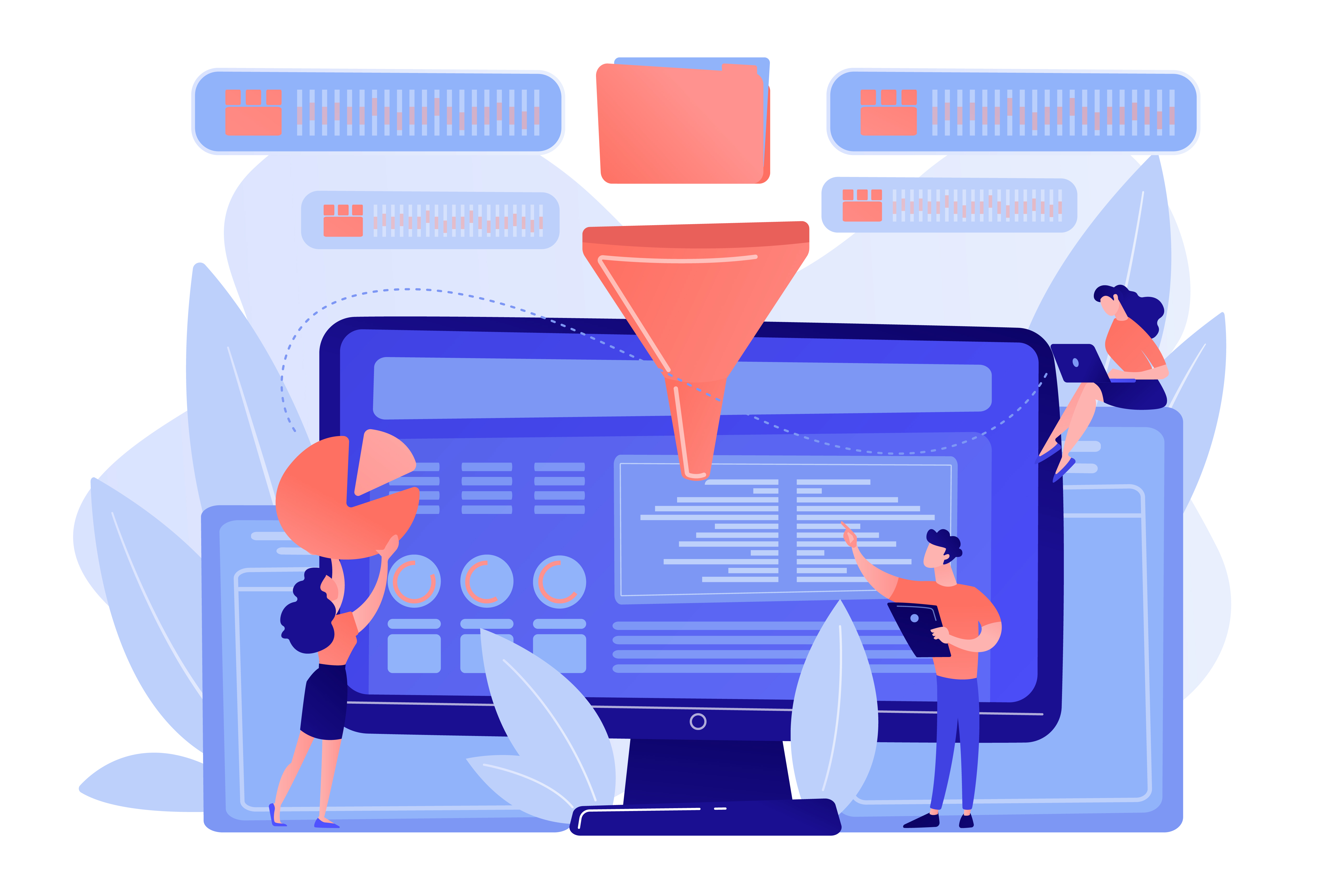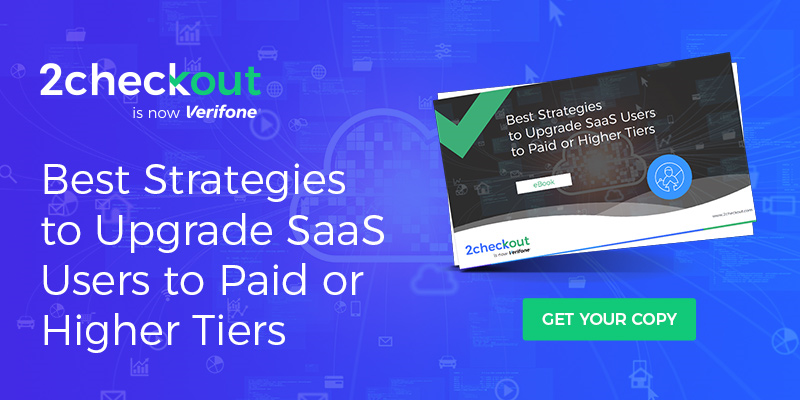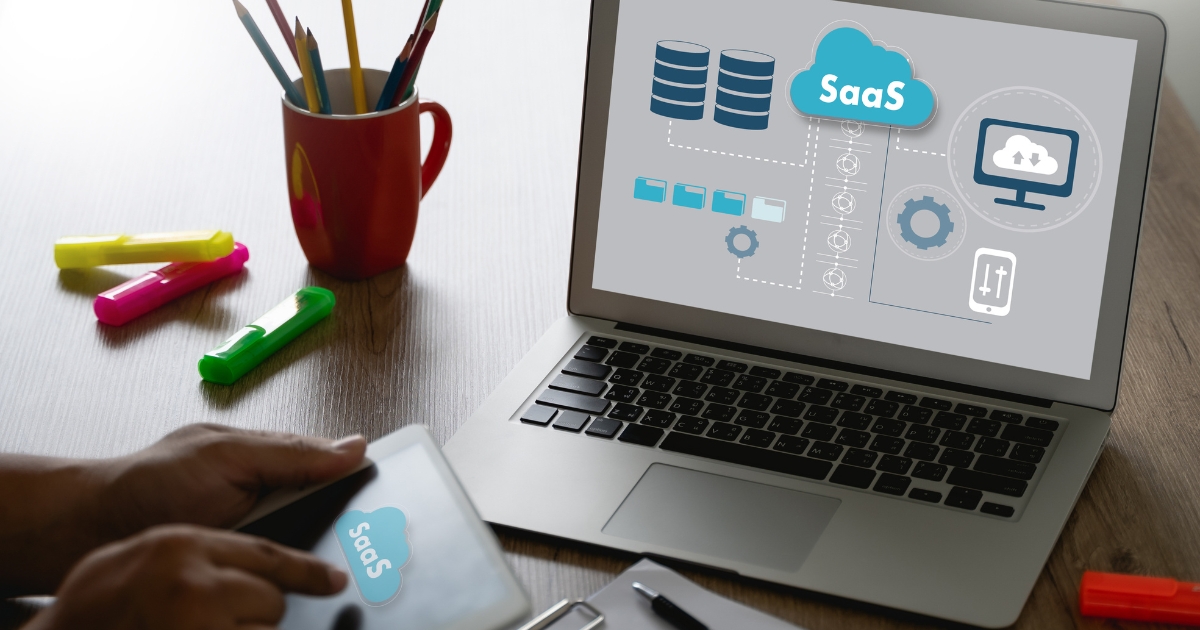In today’s fast-paced, subscription-based SaaS ecosystems, it’s not enough to sign-customers up. If you want to drive revenue and keep profitability high, you must nurture and keep subscriptions active for as long as possible.
But doing this is becoming harder than ever. Countless SaaS businesses are springing up in a hyper-competitive market that will see 27.5% growth from now till 2028. In some cases, a username and password is all that’s required for your customers to engage with a competitor’s free-trial, digital product, app or service.
To recoup their investment, SaaS businesses need to keep client accounts active, earning and generating income. Which means they can’t afford to let their SaaS products lie idle or unused.
Why is it important to reactivate accounts?
The more active the subscriber, the less likely they are to churn and the better it is for your bottom line. It’s been shown that increasing customer retention by 5% increases profits by 25-95%.
Yet despite this only 18% of companies focus on retention even though 65% of a company’s business is likely to come from existing customers. This is especially true for freemium SaaS business models that rely on add-ons, premium upgrades or in-app purchases.
Inactive customers may not even cover their acquisition or on-boarding costs so can end up costing you money. Not only that, for every lost or dormant customer, you must win one to break even, and two to get ahead.
Rather than cutting your losses and constantly seeking out fresh customers, it makes sense to first unlock any inactive subscriptions, avoiding excessive acquisition costs – which are typically up to five times higher than those associated with retention.
But to build an effective reactivation plan (and churn prevention strategy), you need to be able to identify those clients at risk and understand what’s causing them to disengage from your product or service.

How to spot stalling clients before they fade away
For SaaS businesses with a large customer base and a primary focus on securing new subscribers, it can be hard to spot inactive, dormant or on the verge of churning users. But there are often clear warning signs if you know where to look, for example:
- Declining engagement
- Failure to explore and access key features
- No interaction after initial signup
- Unanswered support queries
- Browsing cancellation pages or searching for lower-priced plans
Being able to dig into your transaction and interaction data to monitor trends can help you segment and prioritize users that need re-engagement fast. Seek to secure those that are the most valuable or provide the most opportunity for growth.
Clear segmentation also helps you home in on specific customer needs. Understanding clients’ plans, goals, budgets, and being able to spot those looking to grow, automate or innovate, can keep your products, offerings and support hyper-relevant. It may also prevent some relationships floundering in the first place.
Discovering and tackling underlying issues
Transactional data can help define ‘who’ is inactive but not always ‘why’. You may need to take a more direct approach. For example, sending inactive customers a survey or questionnaire, or reaching out through customer support. This can help identify common churn triggers and workflows to tackle them.
As well as sparking re-engagement, this approach can also boost acquisition and make you more competitive. For example, if you know a high proportion of your inactive base is failing to connect because you don’t have a mobile app to support your SaaS platform, then you can take steps to rectify. Once you have an app, you can then reach out to churned users to win them back. At the same time you’ll have added a new product that you know will resonate with new customers too.

Four ways to enhance your reactivation strategy
But what do you do about users that have already stopped using your SaaS product?
Here are some simple but effective ways you can proactively reengage and reduce the possibility of churn:
1. Create ‘win-back’ email campaigns
Emails can be a great way to connect to lapsed customers. They offer a high degree of personalization and have a superior click-through rate compared to other forms of marketing. To avoid them being seen as spam, make the content as relevant and interesting as possible:
-
- consider offering one-time discounts or incentives to those that fall into your ‘most valuable’ customer segment category to remind them what they’re missing.
- include information on new product features/capabilities – FOMO is a great motivator, knowing that an important feature is in the pipeline and about to go live may be enough to prevent them churning.
- personalize content linked to known interests/industries/positions to show them you understand their needs better than your competitors.
- provide access to original content such as guides, eBooks, reports and tips. Add value beyond tech by sharing insight that helps them be and do better and that endorses your leadership.
2. Leverage end-of-trial opportunities
Many SaaS businesses use free trials to boost client acquisition but fail to activate the subscription at the end of the trial period. Sometimes users may just need a friendly nudge to commit. Having a dedicated communication and support plan for this stage of their journey can help safeguard your investment. Make them feel valued by asking for feedback on their trial. Find out what they’d like more off and show that you are there to support them. Use email and other social tools to reach out regularly before the trial ends. And if they do fail to renew, include them in ‘win-back’ campaigns so they can easily return.
3. Engage across multiple platforms
A good way to ensure your SaaS solutions are ‘front-of-mind’ with customers is using brand visibility to keep them continuously engaged. Reinforce your USPs, benefits and use cases through multiple channels. For instance, use targeted ads, leverage social media and create regular SMS alerts to support new feature and product notifications. Loyalty programs can also work well by establishing meaningful dialogue and incentivizing clients to stay.
4. Tackle Involuntary churn
A key area often overlooked by retention/reactivation strategies – and one of the biggest and most recoverable causes of lost recurring revenue – is failed payment authorization. With more than 1/6 card transactions for recurring payments failing for one reason or another, implementing strategies to reduce and/or recover declined authorizations is one of the best investments any recurring-revenue based business can make. For instance, SaaS businesses can uplift revenues by up to 20% using 2Checkout’s out-of-the-box involuntary churn tools.
Why it pays to continuously monitor engagement and reduce churn
For subscription-based businesses, the lower the activation rate, the more capital needed to maintain revenue. Therefore, a high activation and win-back rate indicates a higher potential for long-term success.
That’s why it’s so important to continuously monitor if clients are engaging and interacting with your product so you can build your engagement and reactivation plan accordingly.
Failing to act can lead to a high degree of churn which can impact how investors view your SaaS company. For instance, VC firms look at customer churn to determine if your product has an edge in the market and retention rates are critical to SaaS public appraisals. A SaaS Capital study revealed that a 1% reduction in customer churn can increase a company’s valuation by 12% in 5 years.

Reactivation is now a strategic priority for any subscription business
Dormant or inactive clients are a lucrative source of leads, whose revenue can fuel your subscription business’s growth. Working with a top-of-the-line subscriptions management provider can, therefore, have a considerable effect on your bottom line, while also enhancing the user experience for your subscribers.
It’s why the 2Checkout platform includes different types of capabilities meant to support you in your retention and reactivation efforts. With 2Checkout, you can centralize information on your subscribers and their activities, including order status and evolution, transaction data, product, subscription levels and subscription history as well as personal customer information.
This lets you control the subscriptions that you’re selling and obtain deeper insight and granularity into their post-sale evolution. Not only that, but we also offer a powerful collection of tools created to reduce your churn rate as well as making it easier to cross and upsell.
At the end of the day, a lapsed trial, inactive or churned customer, represents low hanging fruit to achieve your SaaS revenue targets. They have already shown an interest in your business, have committed to giving you their details and have established the basis of a relationship. With the right tools and support, you can reel them back in and start generating revenue faster and with less resource than if starting from scratch.
Looking to discover how SaaS businesses can develop lucrative revenue uplift opportunities and ultimately increase their client lifetime value? Read our eBook to explore the upgrading opportunities available in subscriptions and go over the strategies that can help you achieve more revenue from existing customers.






